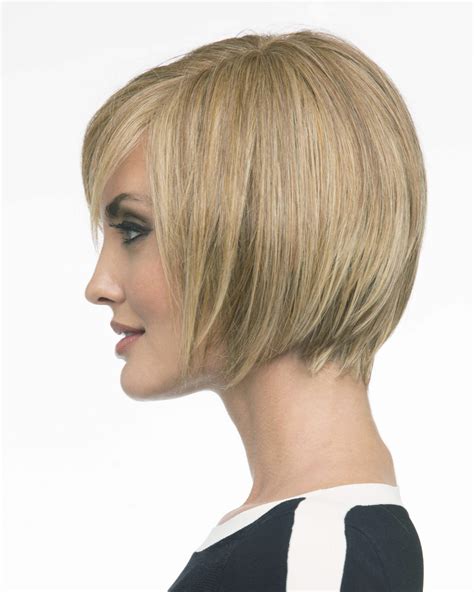Introduction
Chemotherapy, a common cancer treatment, often results in hair loss, which can be a significant source of distress for patients. Wigs offer a solution by providing a natural-looking alternative to lost hair. Understanding the types, benefits, and considerations involved in selecting a wig can empower chemo patients in making an informed decision that meets their individual needs.

Types of Wigs
1. Human Hair Wigs
- Pros: Natural appearance, versatility (can be styled and colored), durability
- Cons: High cost, limited availability, require professional styling for optimal results
2. Synthetic Hair Wigs
- Pros: Affordable, low maintenance, variety of styles and colors, heat-resistant
- Cons: Less natural appearance, shorter lifespan, prone to tangling
3. Human Hair Blends
- Pros: Combination of natural and synthetic hair, providing a balance of appearance, cost, and durability
- Cons: May have limited styling options, require more care than synthetic wigs
Benefits of Wearing Wigs
1. Improved Self-Esteem and Confidence
- Wigs can help restore the feeling of normalcy and self-worth, boosting patients’ confidence and well-being.
2. Protection from Sun and Cold
- Scalps exposed to chemotherapy are sensitive to environmental elements. Wigs provide protection from harmful UV rays and keep the head warm during cold weather.
3. Concealment of Hair Loss
- Wigs allow patients to maintain their privacy and avoid potentially embarrassing situations related to hair loss.
Considerations for Choosing a Wig
1. Personal Style and Comfort
- Consider the length, color, and style of the wig that best complements your personal preferences and lifestyle.
2. Budget
- Wigs can range in price from affordable to expensive. Determine a realistic budget before exploring options.
3. Skin Sensitivity
- The wig’s material and construction should be compatible with your scalp sensitivity to avoid irritation or allergic reactions.
4. Wig Cap
- The cap provides a secure fit and determines how comfortable the wig feels. Explore different cap designs and sizes to find the right one for your head shape.
Where to Find Wigs
1. Cancer Centers and Support Groups
- Many cancer centers offer wig services and support groups provide access to resources and recommendations.
2. Specialty Wig Shops
- These stores specialize in wigs for chemo patients, offering expert guidance and a wide selection.
3. Online Retailers
- Several reputable online retailers sell wigs specifically designed for chemo patients.
4. Insurance Coverage
- In some cases, insurance may cover the cost of a wig. Check with your provider to determine eligibility.
Table 1: Comparison of Wig Types
| Wig Type | Pros | Cons |
|---|---|---|
| Human Hair | Natural appearance, versatile, durable | High cost, limited availability |
| Synthetic Hair | Affordable, low maintenance, variety of styles | Less natural appearance, shorter lifespan |
| Human Hair Blend | Balance of appearance, cost, durability | Limited styling options |
Table 2: Factors to Consider When Choosing a Wig
| Factor | Considerations |
|---|---|
| Personal Style | Length, color, style preferences |
| Comfort | Materials, cap design |
| Budget | Affordability |
| Skin Sensitivity | Material compatibility |
Table 3: Tips for Finding the Perfect Wig
| Tip | Details |
|---|---|
| Consult with a professional | Seek expert advice on style, fit, and maintenance. |
| Try on multiple wigs | Compare different options to find the best match. |
| Consider your lifestyle | Choose a wig that aligns with your daily activities and needs. |
| Check for insurance coverage | Explore the possibility of financial assistance. |
Table 4: Resources for Chemo Patients
| Resource | Description |
|---|---|
| American Cancer Society | Provides information, support, and wig services. |
| CancerCare | Offers financial assistance for wigs and other expenses. |
| Look Good Feel Better | Conducts workshops for cancer patients on beauty and wig care. |
Conclusion
Wigs for chemo patients provide a valuable solution in managing the emotional and physical challenges of hair loss. By understanding the different types, benefits, and considerations involved, patients can make an informed decision to enhance their well-being and maintain their sense of identity. With the right wig, they can regain confidence, protect their scalp, and embrace the journey ahead with dignity and grace.
